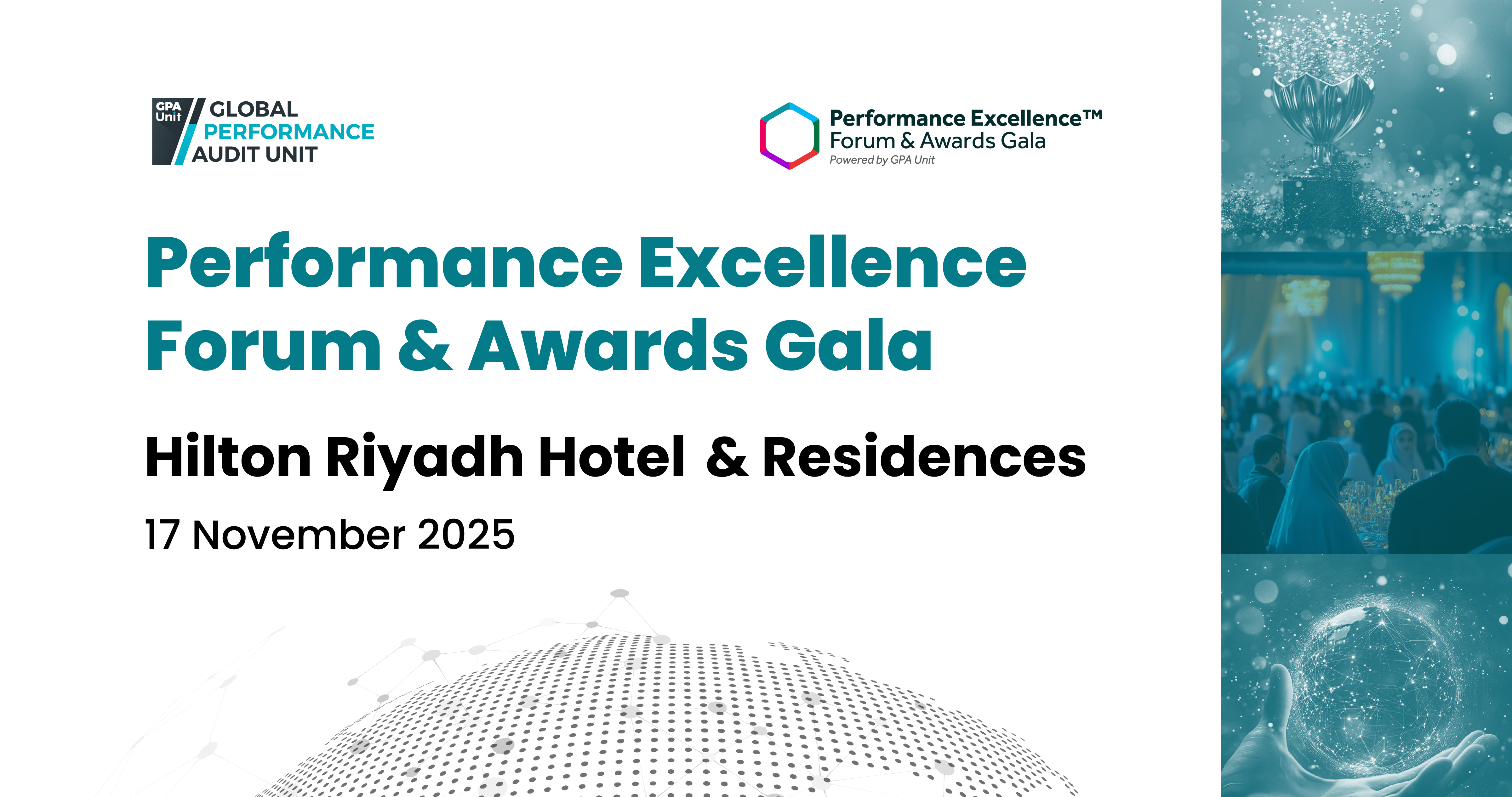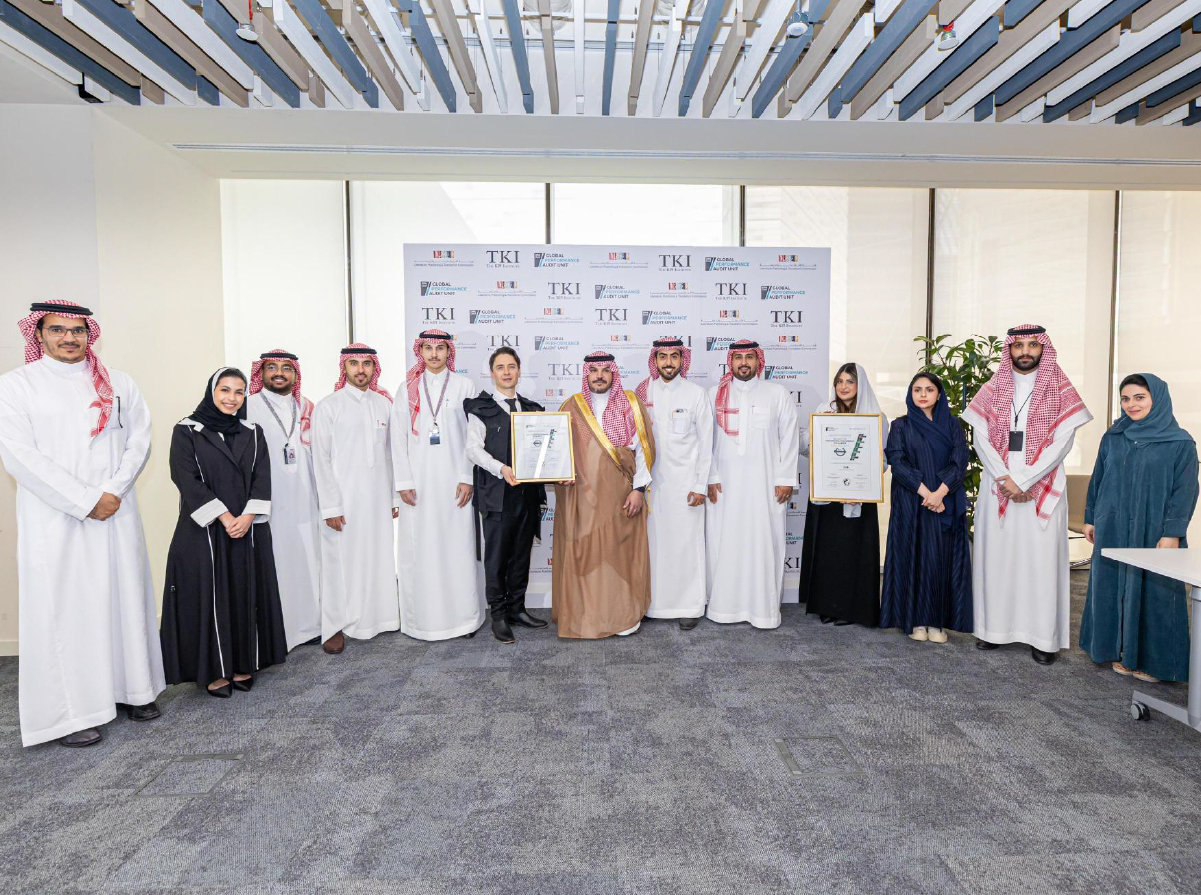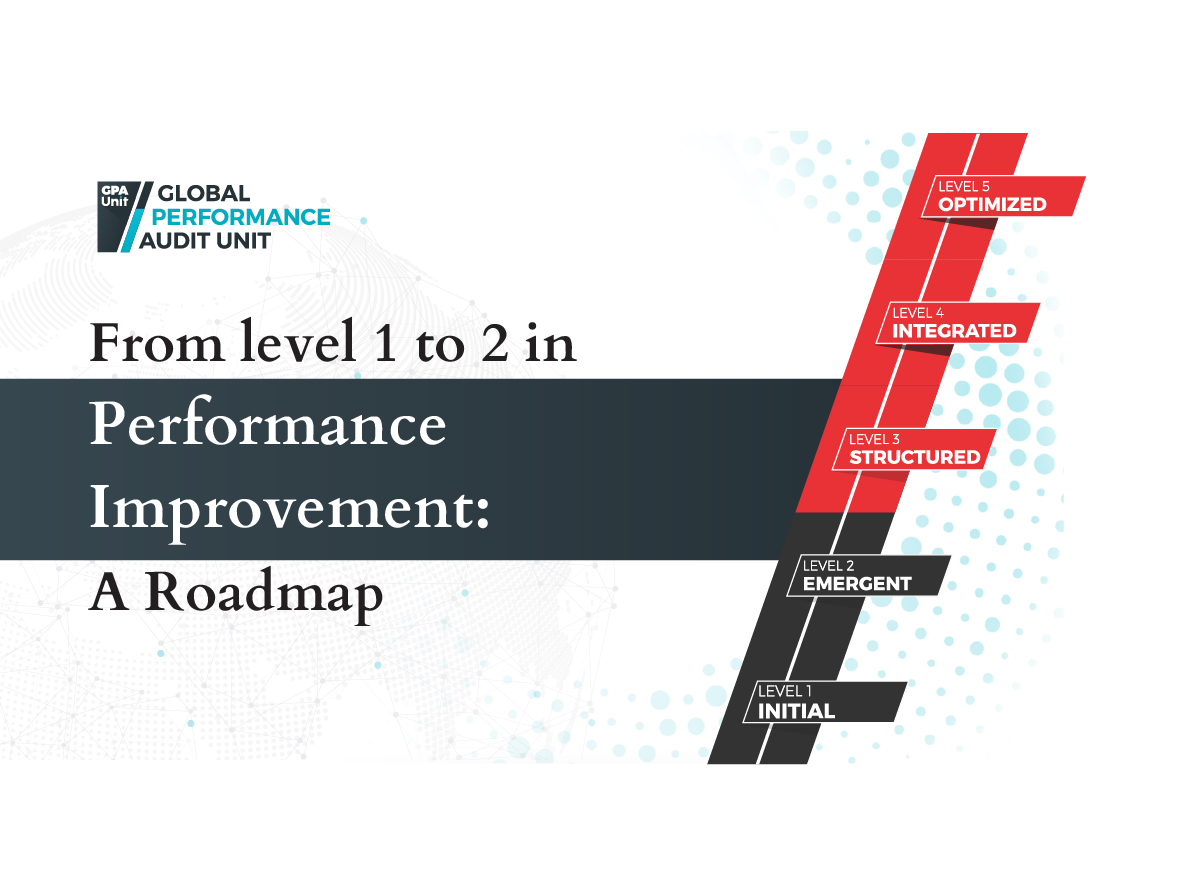Understanding the Impact of Continuous Engagement on Employee Performance Management
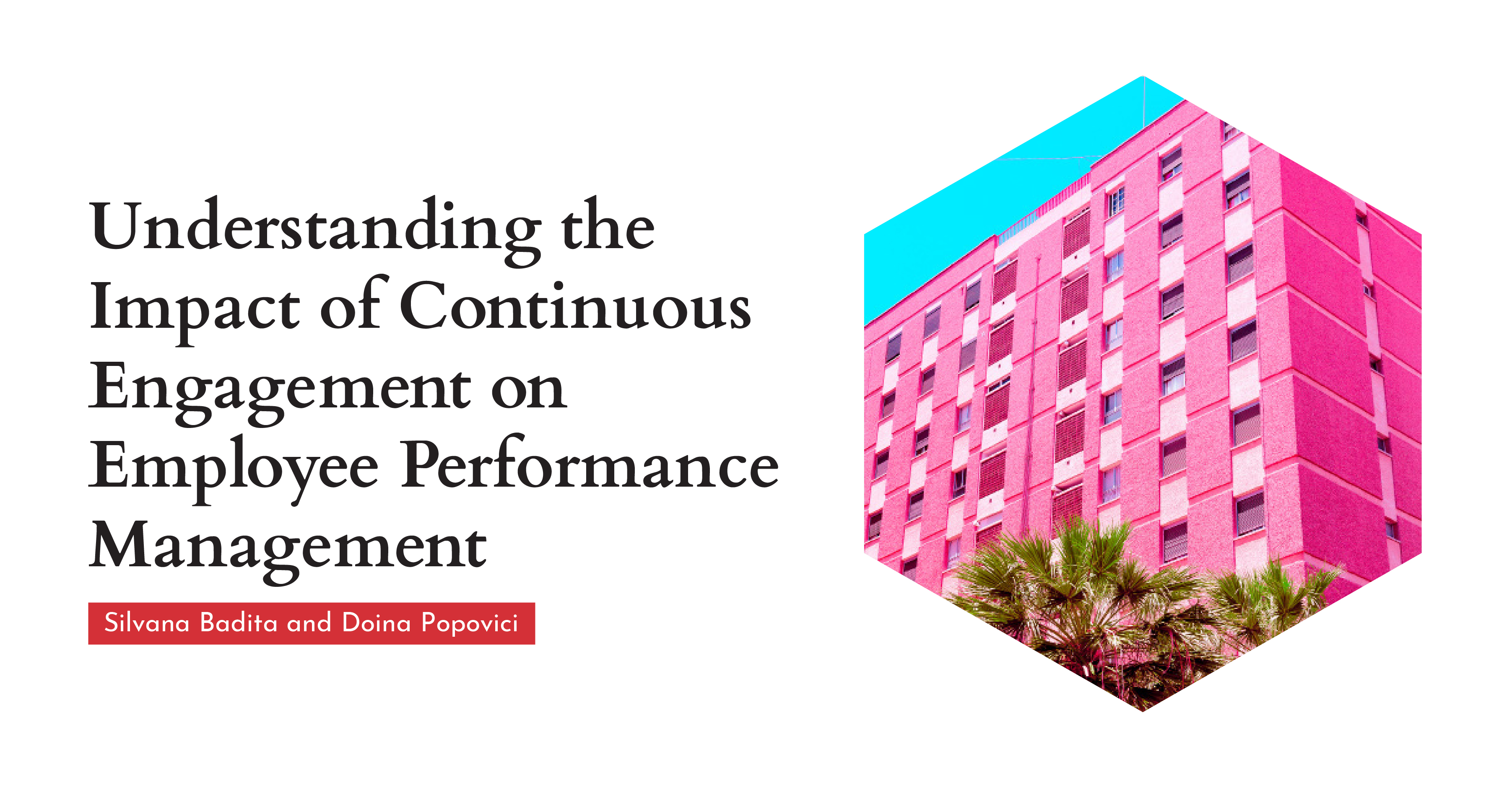
In 2024, as workplace trends like "quiet quitting" and "bare minimum Mondays" reflect a growing desire among employees to detach from their roles, addressing disengagement has become a top priority for organizations. With 44% of employees globally reporting high levels of stress, engagement efforts are crucial in preventing burnout and improving performance. Gallup estimates low employee engagement costs the global economy 8.9 trillion U.S. dollars or 9% of the global GDP.
Under these circumstances, continuous engagement becomes essential for sustaining a high-performing workforce, especially given the challenges of remote and hybrid work environments. How does this practice impact employee performance? Examining this through the lens of a systemic approach, the Employee Performance Management Maturity Model Framework developed by the Global Performance Audit Unit (GPA Unit) offers a structured, comprehensive guide for addressing the growing concerns of employee disengagement (see Figure 1). This framework allows organizations to assess and improve critical aspects of their performance management practices, not only addressing disengagement but also building a more resilient, high-performing workforce.

Employee Performance Planning
The trend of fostering continuous engagement promotes a shift from static, annual performance planning to a more agile, responsive approach.
In the State of the Global Workplace 2024, Gallup reveals that 70% of team engagement variance is attributed to managers, highlighting their critical role in effective employee performance planning. Managers drive engagement by setting clear individual objectives for all job categories with clear measurements assigned to them, fostering accountability. These objectives provide a structured framework for employees to align their efforts with organizational goals.
Additionally, implementing a corporate competency model focused on shaping cultural capabilities further enhances planning by embedding the organization’s values and behavioral expectations into daily operations. Through this structured yet flexible planning process, managers enable employees to contribute meaningfully while ensuring organizational priorities are addressed effectively. By fostering clarity, alignment, and accountability, such planning strategies lay the groundwork for sustained engagement and productivity.
Employee Performance Measurement
Employee performance measurement is deeply connected to engagement by capturing both tangible outputs (traditional KPIs) and intangible factors like employee morale and presenteeism. Presenteeism—a state wherein employees are physically present but not fully productive due to illness, stress, or disengagement—presents an ongoing challenge that affects both individual effectiveness and organizational costs.
To address this, organizations can track metrics like the % Presenteeism, along with # Employee Engagement Index.. This dual focus creates a more holistic performance measurement framework and highlights not only how well employees are meeting their objectives, but also the quality of their work experience and their mental and physical readiness to perform.
By integrating presenteeism and engagement metrics into performance measurement systems, companies gain insights into the root causes of underperformance. This enables targeted interventions—such as improving workplace wellness programs, fostering open communication, or addressing stress-inducing processes—that boost morale and create an environment where employees can thrive.
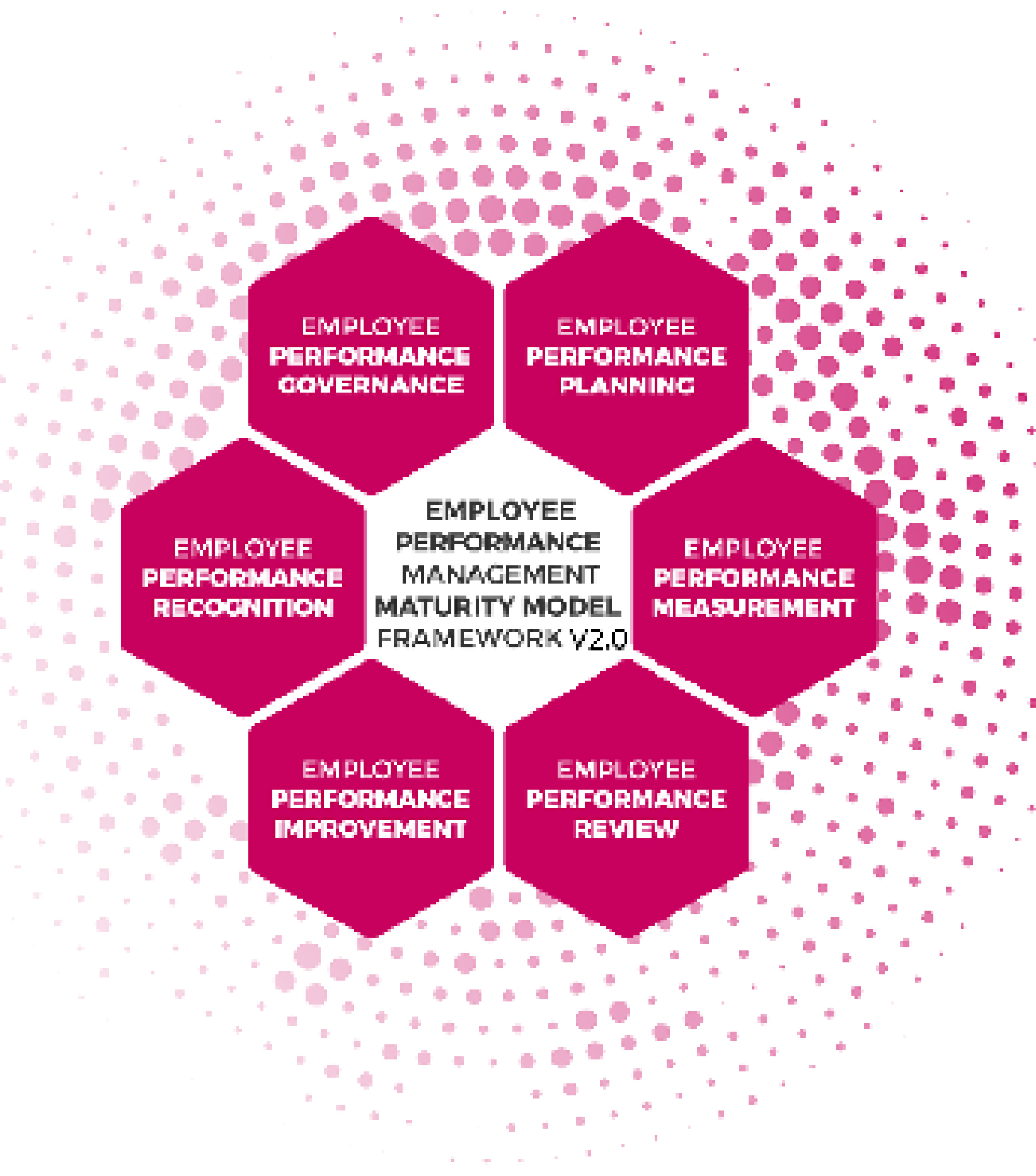
Employee Performance Review
The traditional annual review is shifting to align with continuous engagement trends, favoring regular weekly or monthly check-ins between managers and employees over intense, annual evaluations. This approach emphasizes timely, constructive feedback and ongoing support. According to Gallup, frequent feedback that centers on recognition, collaboration, goal-setting, and leveraging strengths is significantly more effective in fostering employee engagement. By implementing this model, performance reviews can evolve into proactive tools for growth and development rather than singular, high-pressure events.
Employee Performance Improvement
Employee performance improvement is deeply intertwined with engaging employees, as continuous engagement fosters a proactive approach to growth and development. Gallup’s State of the Global Workplace 2024 shows that organizations with high engagement levels excel by cultivating strong leadership and prioritizing the selection and development of managers who actively connect with their teams and deliver tailored, constructive feedback.
Organizations nurture employee engagement by integrating continuous development—both professional and personal—into every stage of the employee life cycle. From recruiting and onboarding to establishing individual objectives and aligning daily efforts, this holistic approach fosters a culture of ongoing growth and success. Employee engagement drives improved performance by motivating employees to bring their best efforts to their roles. When employees feel valued through opportunities for professional and personal development, their connection to the organization grows stronger, fostering a culture of continuous improvement that positively impacts both individual and organizational performance.
Employee Performance Recognition
Additionally, employee recognition plays a critical role in bolstering engagement by directly contributing to individual resilience and organizational strength. By integrating mental and financial health resources, organizations lay the groundwork for long-term engagement. Meanwhile, timely recognition transforms performance acknowledgment from an isolated event to an ongoing practice. When managers recognize achievements in real-time, they reinforce positive behaviors and foster a culture of appreciation. This approach boosts motivation and satisfaction—especially in high-stress settings— proving that regular, small acknowledgments can profoundly influence both employee engagement and organizational performance.
Employee Performance Governance
Continuous engagement also necessitates updates to governance policies to support and sustain meaningful, frequent manager-employee interactions. Organizations need to build structures that provide managers with the time, skills, and resources required to engage their teams effectively. This could involve formalizing feedback protocols and equipping managers with training to deliver constructive, strength-focused feedback.
Embedding Employee Engagement Practices
The shift towards continuous engagement is a powerful strategy for addressing the growing challenges of employee disengagement and stress. Organizations can use this approach to foster a more connected, motivated, and high-performing workforce. By embedding engagement into every aspect of employee performance management, from planning to governance, companies can create a resilient culture where employees feel valued and aligned with their roles and organizational goals.
| DATE | January 21st, 2025 |
| Category | Blog Posts |
| Reading Time | 6 |
